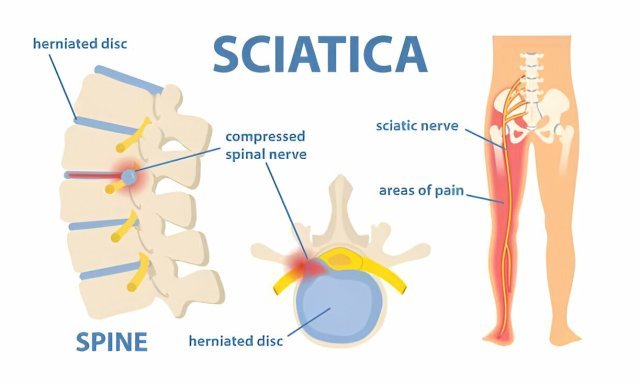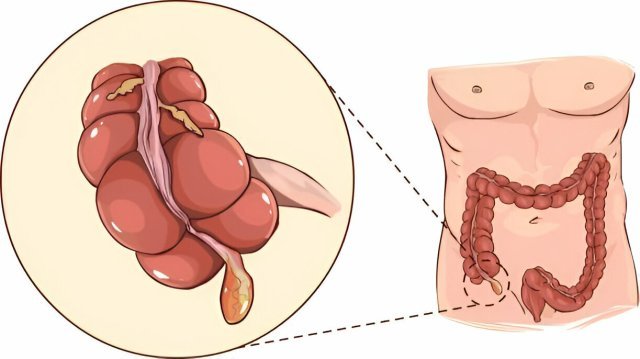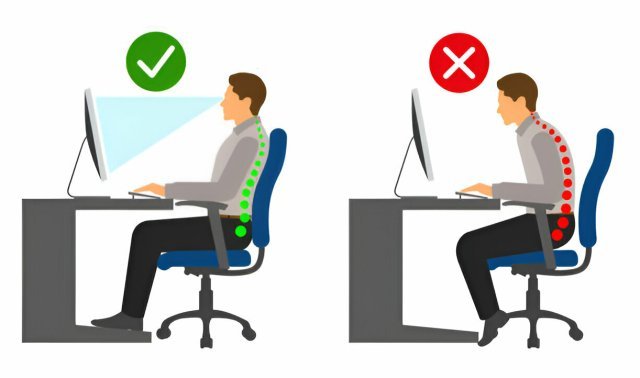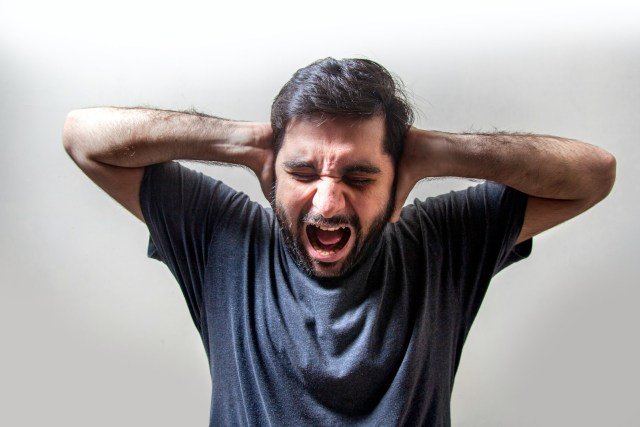Table of Contents
When Should I Worry About Lower Right Back Pain?
Introduction
A sharp twinge or dull ache in your lower right back can disrupt your day and trigger anxieties. Lower back pain is a common issue, but pain on one side can feel more concerning. This article explores potential causes of lower right back pain and helps you understand when to seek medical attention.
Understanding The Culprit
Lower right back pain can arise from various sources. Here’s a breakdown of some possibilities:
-
Musculoskeletal Issues:
Muscle strains, sprains, or herniated discs in the lower back can cause pain that radiates to the right side. Poor posture, lifting techniques, or repetitive motions can contribute.
-
Sciatica:
This condition involves irritation of the sciatic nerve, the longest nerve in the body, which runs from the lower back through the buttocks and leg. It can cause pain, tingling, or numbness radiating down the right leg, often originating in the lower back.

-
Kidney Problems:
Kidney stones or infections can cause pain in the lower back, flank (side) area, and sometimes radiate to the groin.
-
Inflammatory Conditions:
Conditions like arthritis or inflammatory bowel disease (IBD) can cause pain and inflammation in the lower back, sometimes on one side.
Less Common Causes To Consider
While less frequent, some other conditions can cause lower right back pain:
-
Appendicitis:
Although typically causing pain in the lower right abdomen, appendicitis can sometimes present with referred pain in the lower back.

-
Endometriosis:
This condition involves the growth of uterine tissue outside the uterus and can cause pelvic pain that radiates to the lower back.
-
Pelvic Floor Dysfunction:
Problems with the muscles and connective tissues in the pelvis can cause pain in the lower back, sometimes on one side.
When To Seek Medical Attention
Don’t ignore lower right back pain, especially if accompanied by these concerning symptoms:
- Sudden and severe pain
- Pain radiating down the leg, accompanied by numbness or weakness (sciatica)
- Fever or chills
- Difficulty urinating or blood in the urine
- Painful urination
- Unexplained weight loss
- Vaginal bleeding outside your period (women)
These symptoms could indicate a serious medical condition requiring immediate evaluation by a healthcare professional.
Additional Tips For Managing Back Pain
-
Apply Heat Or Ice:
Alternate heat and ice packs on the painful area to reduce inflammation and promote healing.

-
Over-the-counter Pain Relievers:
Medications like ibuprofen or acetaminophen can offer temporary pain relief.
-
Rest:
Allow your body time to heal. Avoid strenuous activity that worsens the pain.
-
Maintain Good Posture:
Practice good posture while sitting, standing, and sleeping to prevent further strain on your back muscles.

-
Gentle Stretching:
Gentle stretches for the lower back and hip muscles can improve flexibility and reduce pain. Consider consulting a physical therapist for guidance.
Frequently Asked Questions (FAQs)
-
Should I Be Worried About Sharp Pain When I Move?
Yes. Sharp pain, especially when worsened by movement, could indicate a muscle strain, ligament sprain, or even a herniated disc. Consult a doctor for diagnosis.
-
Can Stress Cause Lower Back Pain?
Stress can contribute to muscle tension and pain, including in the lower back. Relaxation techniques like yoga or meditation can be helpful.

-
What If My Pain Is Worse In The Morning?
Morning stiffness can be a sign of inflammatory conditions like arthritis. See a doctor for diagnosis and treatment options.
-
How Can I Prevent Lower Right Back Pain?
Maintaining good posture, regular exercise to strengthen core muscles, and proper lifting techniques can all help prevent back pain.
-
What Tests Might A Doctor Perform?
A doctor may perform a physical exam, order X-rays or an MRI scan, or recommend blood tests to diagnose the cause of your pain.
Conclusion
Lower right back pain can have various causes. While musculoskeletal issues are most common, other possibilities exist. If you experience concerning symptoms or your pain persists, seeking medical attention is crucial to ensure proper diagnosis and treatment. Remember, this article provides general information and shouldn’t replace professional medical advice.
References
- The Mayo Clinic https://www.mayoclinic.org/
- The National Institute of Neurological Disorders and Stroke https://www.ninds.nih.gov/
Discover more from Pain Relief Methods
Subscribe to get the latest posts sent to your email.



